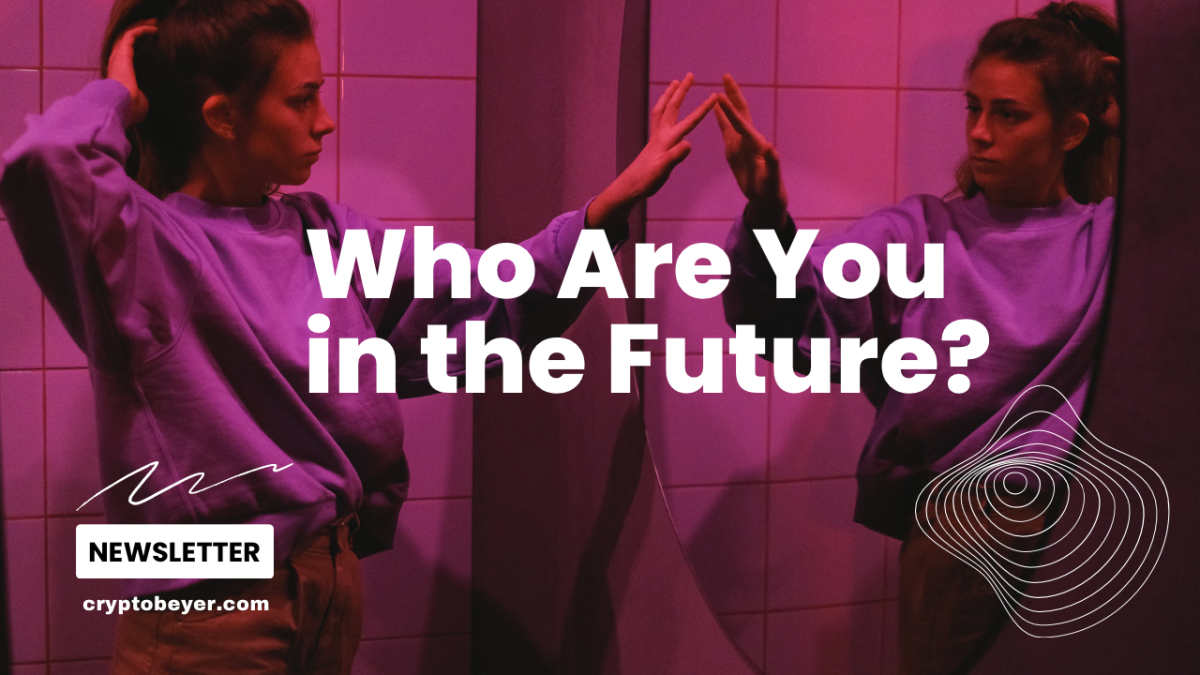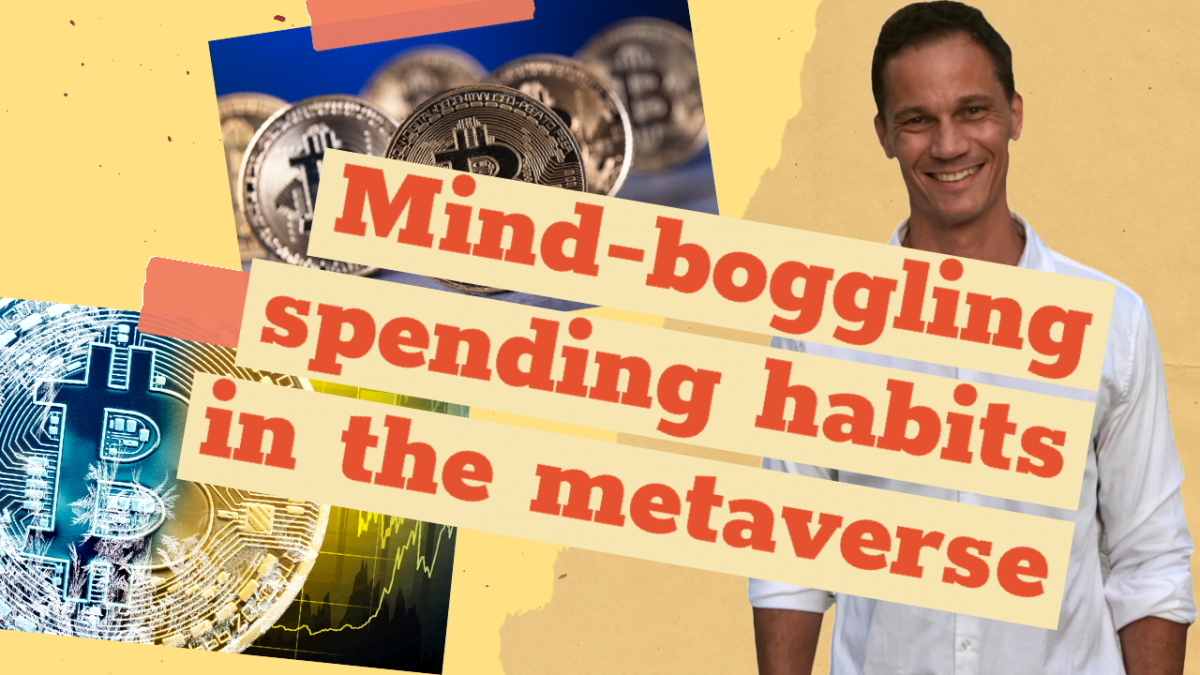The recent launch of McDonald's "Happy Place" in the metaverse has sparked a heated debate about the impact of digital innovation on public health. Other major fast-food chains like KFC, Chipotle, Starbucks, and Domino's are also embracing virtual reality (VR), augmented reality (AR), and interactive experiences to revolutionize how they interact with customers. However, overshadowing these developments is a significant and pressing concern.
McDonald's "Happy Place" allows teenagers to immerse themselves in a digital realm where they can play games and earn McDonald's food rewards. "Play and earn fries…"
What’s more?
Fast food chains such as KFC, Chipotle, Starbucks, and Domino's are using the metaverse to offer interactive experiences to customers. KFC provides virtual tours of its kitchens where users can learn about cooking and try making fried chicken. Chipotle lets customers visit virtual restaurants to customize orders and socialize, with features like loyalty programs and games such as "Burrito Builder" on platforms like Roblox. Starbucks has virtual coffee shops where customers can customize drinks and learn about different brewing methods. Domino's allows customers to enter virtual restaurants to customize pizzas and track orders in real-time, using augmented reality to see their pizzas before ordering.
The web3 space is optimistic about these advancements. Major brands utilizing fourth industrial revolution technologies will increase public awareness, acceptance, and trust in emerging technologies. For example, by using digital collectibles and virtual worlds for marketing, brands can create more engaging and personalized customer experiences. Incorporating digital rewards into loyalty programs will likely encourage more people to participate in the digital economy.
Additionally, leveraging popular social media trends can increase the reach and impact of these initiatives. Recently, McDonald's launched a promotional campaign featuring the "Grimace Shake," which quickly gained viral popularity on platforms like TikTok, amassing billions of views. I call it Grimace Garbage.
However, it's evident how these technologies are gradually transforming retail operations and we are seeing wider adoption of blockchain across various industries.
However, these advancements also raise critical considerations for public health. The concept of teenagers earning fast food through a virtual game raises concerns. Fast food is notorious for its high levels of fat, sugar, and salt, contributing to obesity, diabetes, and other health issues. Encouraging consumption through engaging metaverse platforms are exacerbating these problems. Not solving them.
Here are the sad facts!
Rates of overweight and obesity among teenagers have been rising rapidly, especially in low- and middle-income countries undergoing a "nutrition transition" towards Western-style diets high in fat and sugar.
There’s more bad news.
The high levels of physical inactivity among teenagers globally is a major public health concern, increasing risks of obesity, cardiovascular disease, diabetes, and other health issues
Teenagers' eating and lifestyle habits need to improve, and earning fries sitting down is not the answer.
This development is a mixed bag—a leap forward in technology yet a step back for our health. As we embark on this digital journey, let's prioritize the well-being of our younger generation. While I support having fun in the metaverse, it should promote healthy choices and positive habits, rather than amplify unhealthy temptations.





